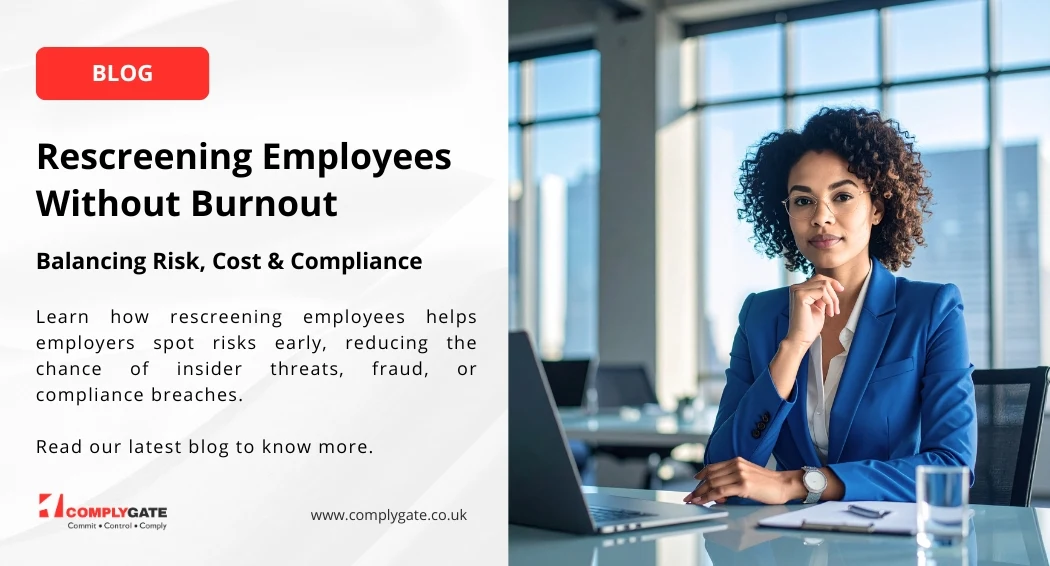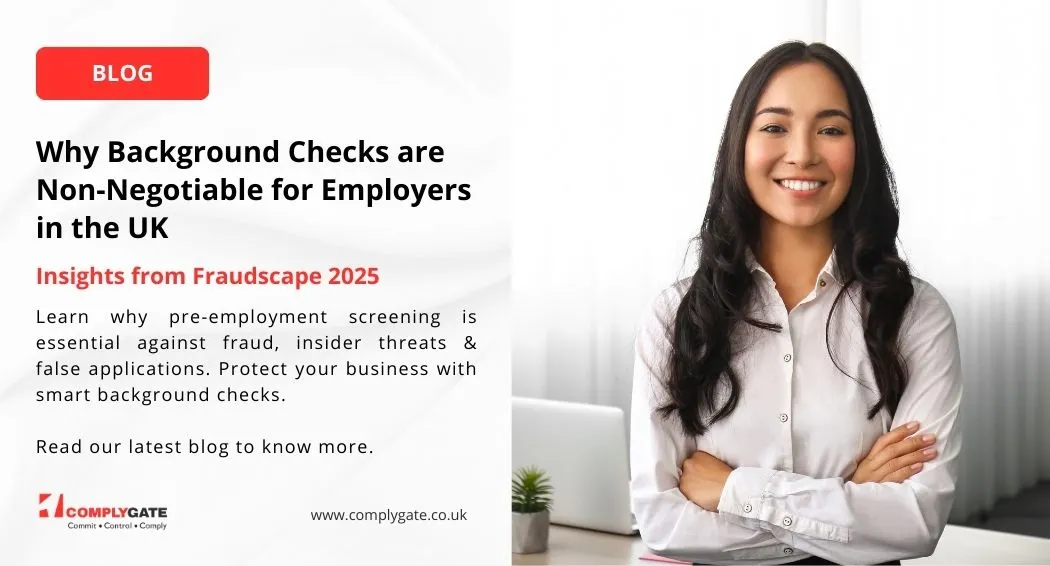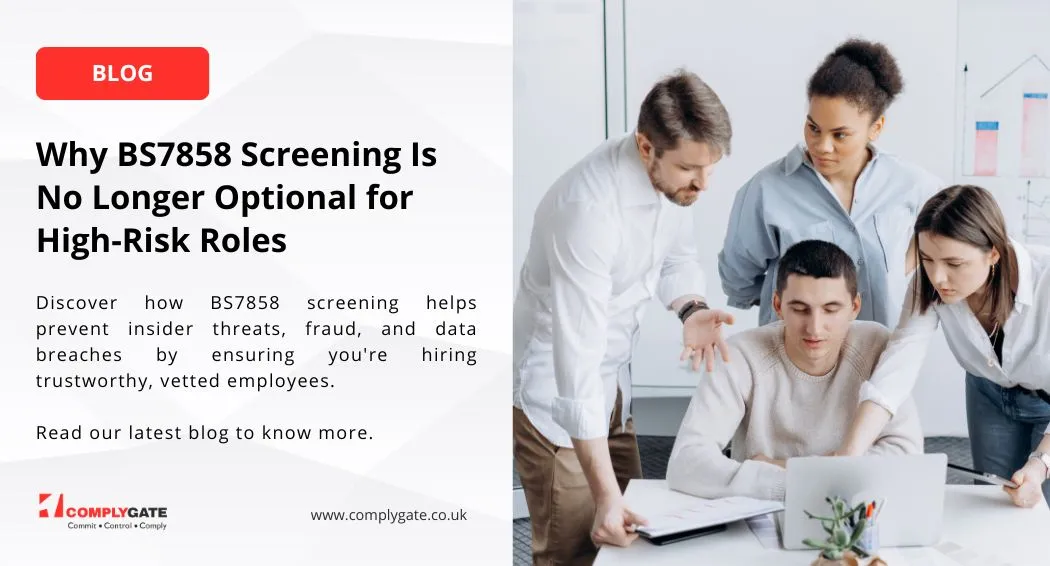Unconscious Bias Impacts on HR Recruiting: Causes and Solutions
© Professor Chris Rowley
Complygate, January 2021
Introduction
Over the last few months I have dealt with a range of fundamental human resource (HR) management issues – all of which have been impacted on by the Covid-19 global pandemic – including leadership, home working, rewards and performance assessment. This time I will go ‘back to basics’ and look at the start of the traditional HR cycle – recruitment.
Here it is useful to go ‘back to basics’ and first ask questions about recruitment itself and the decisions it requires. To help here is a framework of ‘5 Ws’ of questions with binary choices in recruitment to consider:
- Why: is it replacement (turnover rate) vs expansion?
- When: how reactive vs proactive is it?
- Where: is it from internal vs external labour markets?
- Which: is it previous experience vs potential that is being sought?
- Who: undertaken internally vs externally – and if a mix and what stages used?
In terms of the 5th ‘W’, for many organisations, recruiting is just something in HR management (HRM) ‘do’ either directly themselves or organised by external consultants. For too many businesses and managers recruitment is an often an over-looked area, a ‘backwater’ and seen as ‘downstream’ in strategic HR parlance and something where costs are should be minimised as it is simple and unproblematic.
Yet, paradoxically, recruitment would be better seen as primes inter pares in HR practices. This is for several reasons, especially for smaller firms where every appointment can be key and for critical posts. Getting it wrong it highly costly in not only money and time but also reputational terms. Therefore, there is pressure to ‘get it right’, helped by a workable HR information system aiming for the nirvana of the ‘right number with the right skills at the right time’.
But, how to get it ‘right’? There are many biases when it comes to recruitment. Harvu.com (2020) list 13 common hiring biases:
- Confirmation bias
- Affect heuristics
- Expectation anchor
- Halo effect
- Horn effect
- Overconfidence bias
- Similarity attraction bias
- Illusory correlation
- Affinity bias
- Beauty bias
- Conformity bias
- Intuition
- Contrast effect/judgement bias
This is where the issues of so-called Unconscious Bias (UB) comes into play and has impacts. UB is basically bias which informs and influences our opinion about candidates based on immediate impressions, stereotypes, personal preferences, etc. For some (eg Carnahan and Moore, 2020) UB or ‘Implicit Bias’, is a mental process which causes us to act in ways that reinforce stereotypes - even when in our inner conscious mind we would deem that behaviour counter to our value system. This is closely related to ‘Affinity Bias’, when people tend to gravitate towards others who look, act and think as they do (Ibid.). Without thought and care in recruiting, UB can be expressed as a preference for candidates just because they are a ‘good fit’.
One result of such UB can be ever more recruitment of similar people, resulting in homogenous organisations and businesses. However, to ‘play the devil’s advocate’, putting aside important ethical and moral questions for the moment, is this outcome in itself a ‘bad’ thing? I raise this as in the past there were arguments that similarity produced cohesiveness and actually made for better decisions, team working and performance. This was seen not so long ago in the idea of so-called Japanese management practices and the ‘Japan No.1’ circus. This bundle of management practices was seen as underpinning Japanese company prowess and success globally. Part of this recipe of what was then seen as a ‘best practice’ was the consensus building (‘nemawashi’) and teamwork (‘chīmuwāku’) of the Japanese whose homogeneity was legendary. Of course, once the phenomenal Japanese success faded and the ‘bubble burst’, so did interest in its company and management behaviour and practices.
Furthermore, the other side of the coin in this similarity-diversity debate has come more to the fore. There is a strong argument for the need for more diversity. This is in a range demographic and social characteristics, from not only gender, ethnicity and age but also backgrounds. Perhaps we could also add in here diversity in opinions and views. Such diversity, it can be argued, fosters better decisions, problem solving, planning, and so on. Indeed, some argue further that talented candidates seek out diverse work environments (Carnahan and Moore, 2020). Thus: “Overcoming unconscious bias in your hiring has a ripple effect of building an exceptional team that attracts exceptional candidates” (Ibid.).
If greater diversity is to be sought in HR recruitment this requires tapping into and attracting applicants form non-traditional talent pools and sources. In turn there is a need for assistance in terms of reducing UB. Again, for some AI is seen here as a saviour, helping producing bias-free recruitment. Yet, such technologies may simply bake-in UB in the way the algorithms work and the way they try to match people – after all a person has chosen them! There needs to be a set of other practical steps and check lists for businesses to reduce UB in recruitment. Key to this is UB awareness training – programmes to build awareness and understanding at least - even if not removal – of UB. But, that is not the end of the mater. There are other practical things to be considered and addressed with possible processes and solutions put into place by management. To help here are many ‘how to’ lists. A useful example is Knight (2017), who lists the following 6 further issues and solutions that can build on UB training:
- Rework job descriptions – provides first impressions and impacts on application pool.
- Blind CVs – focus on qualifications/talents not surface demographic characteristics.
- Work sample test – the best indicator of job performance.
- Standardize interviews – to gain better explicit comparability across candidates.
- Consider likability (if it matters) – giving it a score makes it more controllable.
- Set diversity goals – carefully because as can undermine hires or lead to backlash.
This check list, although not totally comprehensive, is a really great start for businesses to at least recognised and then begin to address issues around UB in recruitment.
Conclusion
UB can appear in all areas of HRM and its processes and practices. This includes recruitment. Some see and AI as a means to reduce this, but we need to remain careful and vigilant as the technology itself is not neutral. Also, it requires more. A better way to try to reduce UB is to acknowledge it and apply meaningful training schemes to it no matter how uncomfortable that may be for some managers.
References
Carnahan, B. and Moore, C. (2020) ‘Actively Addressing Unconscious Bias In Recruiting’, Harvard Business School, 7 July
Harver.com (2020) ’13 Common Hiring Biases To Watch Out For, 13 November https://harver.com/blog/hiring-biases/
Knight, R. (2017) ‘7 Practical Ways To Reduce Bias In Your Hiring’,Harvard Business Review, 12 June











